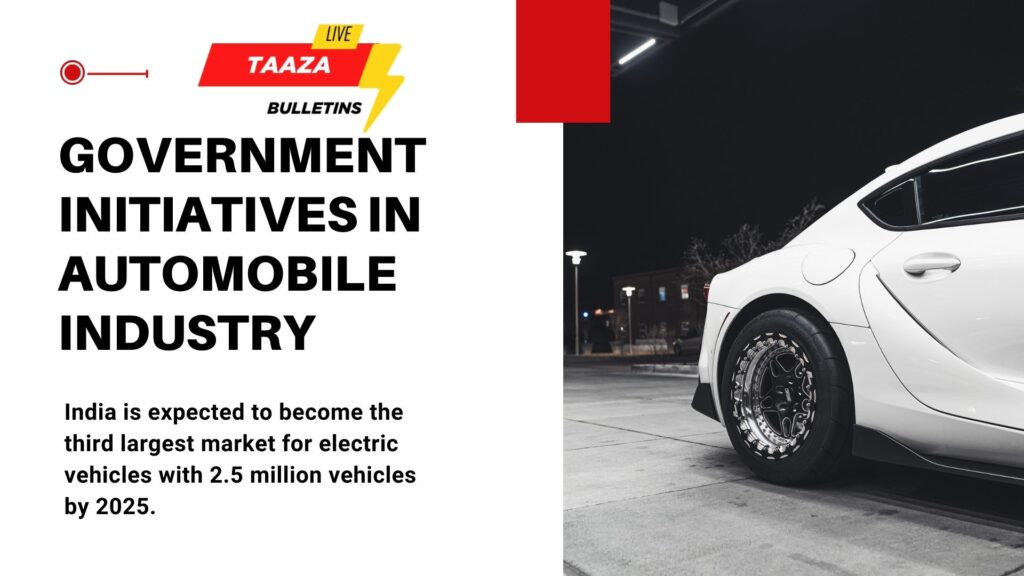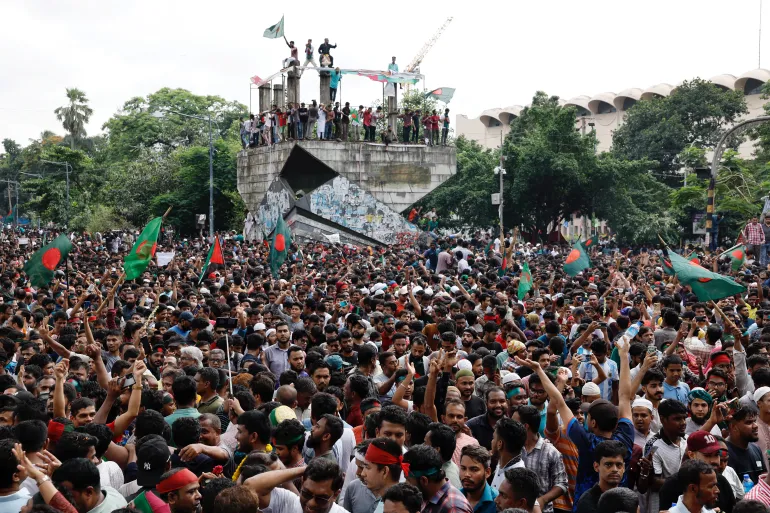Did he make mistakes? Certainly. However, the balance tips strongly in his favor, as he leaves behind an enduring legacy of innovation and compassion.
Ratan Tata, who passed away on Wednesday, was a monumental figure in Indian industry, instrumental in elevating the Tata Group to a prominent position on the global stage. Although born into affluence, he distinguished himself as one of the nation’s most influential leaders.

His vision and dedication were pivotal in transforming the Tata Group from a dormant entity into a $403-billion powerhouse, spanning sectors from software to steel and operating in 100 countries.
Tata adhered strictly to the principles he established for himself, retiring as group chairman at the age of 75. Nevertheless, he continued to wield significant influence behind the scenes, serving as interim chairman for five months in 2016 and holding the title of chairman emeritus of Tata Sons—the group’s primary investment entity—until his passing.
His forward-looking vision for the organization led to both notable achievements and clear setbacks over the past thirty years. He was instrumental in the development of the Tata Nano, which received widespread acclaim at its launch. However, the vehicle soon became known as a “crumpled road wreck,” as many aspirational Indians were reluctant to be seen driving the world’s most affordable car.
The Tata Group’s international ventures also yielded mixed outcomes, a fact that Tata himself recognized. The group stands as the largest employer in the United Kingdom, with a workforce of 60,000, although it plans to reduce this number by 2,500 by Christmas.
In the UK, the Tata Group garnered attention through its acquisitions of Jaguar Land Rover (JLR), Corus (formerly British Steel), and Tetley Tea. The unexpected acquisition of Jaguar Land Rover has proven to be a significant success, primarily due to the sustained popularity of the Land Rover brand. In contrast, the Corus acquisition has posed considerable financial challenges.
These British acquisitions were hailed in India as a form of “reverse colonialism.” Across the Atlantic, the Tata Group owns the renowned Pierre Hotel in New York. Domestically, the group encompasses a wide array of products, ranging from salt to steel.
Tata was brought up by his resilient grandmother, Lady Ratan Tata, following the separation of his parents, Naval and Sooni, a circumstance he regarded as atypical for that time period. He and his brother Jimmy resided in a vast residence constructed by their grandfather, who had envisioned it as a museum. Unfortunately, that aspiration was unfulfilled due to his grandfather’s passing before it could come to fruition.
Throughout his life, Tata maintained a modest demeanor and felt uncomfortable with the family’s considerable wealth. He reminisced, “When attending school in Bombay, my grandmother owned a large Rolls-Royce that was quite dated by then.” He noted that it was “so extravagant that it caused my brother and me embarrassment, prompting us to walk home while the car trailed behind us.”

Despite this, Tata and his brother cherished long summer days at their grandmother’s expansive estate in Twickenham, located on the outskirts of London. He regarded her as the most influential figure of his formative years.
“These were truly joyful times. She was both compassionate and demanding,” he reflected. “She was likely the most important influence during that period,” he continued. “The central principle was to avoid any actions that might bring disgrace to the family.”
Their life was characterized by “great luxury,” as the residence in Mumbai, known as Tata Palace, employed 50 servants. However, he emphasized that “the legacy of treating everyone fairly was profoundly ingrained in us… we were never a family that raised our voices at our servants.”
Ratan Tata’s relationship with J.R.D. Tata experienced fluctuations over time. Initially, Ratan found JRD, whom he affectionately referred to as Jeh, to be rather distant during their early encounters. However, their shared passion for aviation eventually forged a stronger bond between them.
At the age of 17, Ratan achieved the milestone of flying solo for the first time in the United States, which coincided with the legal age for solo flight. JRD is well-remembered for his participation in a 1930 race aimed at becoming the first Indian to fly from India to the United Kingdom. He ultimately lost the competition after selflessly lending essential spark plugs to fellow competitor Aspy Engineer, who emerged victorious and later became the chief of the Indian Air Force.
It was never a certainty that Ratan Tata would inherit the vast Tata Group from JRD. He pursued a degree in architecture at Cornell University and subsequently relocated to California, finding the cold climate of India unbearable.
At the behest of his grandmother, he returned to India and embarked on a varied career, beginning on the shop floor at Telco, where trucks were produced in Jamshedpur. After a year, he transitioned to Tisco, now known as Tata Steel, where he developed a closer relationship with JRD.

JRD even motivated him to establish a flying club in Jamshedpur. Although Ratan had returned to India with an offer from IBM, JRD urged him to join the Tata Group instead.
After spending several months with the group in Australia, Ratan briefly worked at TCS, which was then a small firm focused on basic technology services. He soon shifted to a failed venture to produce color televisions in collaboration with the German company Grundig, before taking the helm at Nelco, a radio manufacturing company he believed he could revitalize.
Under his guidance, Nelco expanded into the production of calculators and mini-computers, and by the time he departed a decade later, the company was generating a modest profit. During this period, JRD recognized Ratan’s growing prominence and appointed him as a director at Tata Sons.
Tata’s enduring impact on the organization became evident when his chosen successor as chairman, Cyrus Mistry, was removed under highly contentious circumstances. Currently, N. Chandrasekaran, the chairman of Tata Group, is tasked with navigating the conglomerate in the absence of the group’s revered “Great Helmsman.”
Speculation regarding the next potential leader of the group centers on Ratan’s half-brother, Noel Tata, who is currently experiencing significant success with his company, Trent Ltd. The retailer’s share price has surged in the past six months, rising from Rs 4,023 to Rs 8,230 as of Monday, making it the fourth most valuable entity within the Tata Group. Additionally, Noel serves as vice chairman of both Titan and Tata Steel.
Ratan Tata was not merely an industrialist concerned with corporate affairs and profit generation; he was also a philanthropist renowned for his compassion, particularly towards animals. The Tata office in Mumbai was well-known for its spacious room near the entrance, where stray dogs could find refuge and nourishment from the elements. He notably missed a lifetime achievement award ceremony at Buckingham Palace due to the illness of one of his dogs. More recently, he played a pivotal role in establishing the Rs 165-crore Small Animals Hospital in Mumbai, which provides round-the-clock emergency services for dogs and cats.
Tata has recently emerged as a prominent venture capitalist, investing in numerous startups, including a small enterprise called Goodfellows, which connects the elderly with university graduates for engaging conversations over tea. In recent years, Tata has actively participated in the venture capital landscape, holding stakes in a variety of startups.

Ultimately, there is no doubt that Tata has played a pivotal role in the Indian industrial sector, serving as a guiding influence for many. While he may have made some errors along the way, the overall assessment leans significantly in his favor, as he departs with a lasting legacy characterized by innovation and compassion that will continue to inspire for many years ahead.




